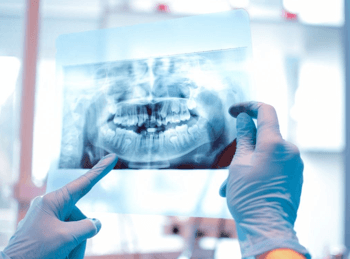A common question about severe or persistent headaches is whether they can be caused by a serious underlying health problem, such as a brain tumor.
The fact of the matter is that headaches are more likely a component of primary headache disorders, such as migraine or tension headaches, rather than due to brain tumors. However, certain factors may indicate that a headache could be symptomatic of a larger issue.
Primary vs. Secondary Headaches
There are two major kinds of headaches: primary headaches, which include migraines, cluster headaches, and tension headaches; and secondary headaches, which are caused by underlying factors such as medical conditions. Both kinds of headaches are common in cancer patients; certain kinds of treatment, such as chemotherapy, radiation therapy, and immunotherapy, can cause headaches.
A red flag that a headache could be indicative of a medical issue is if it is a new or unusual headache — for example, one that causes someone to wake up at night, or one that is associated with changes in position. Another red flag is if the headache is accompanied by other symptoms, such as weight loss. Some headaches can be relieved through over-the-counter pain medication, or by having a cup of coffee, for coffee drinkers – but if the headache is persistent and doesn’t improve like it normally would with typical measures, there could be cause for concern and enough reason to see a primary care physician.
When to See Your Physician
If the headache goes on for a couple of weeks without improvement, or is associated with another neurological symptom, such as weakness on one side of the body, it is recommended to discuss your symptoms with a physician.
Headaches that are new or worsening, especially in a person who doesn’t normally have headaches, may warrant a medical follow-up, as do headaches that are worse in the morning or when the person is laying down. These headaches could also potentially wake someone from their sleep, or be accompanied by nausea or vomiting.






